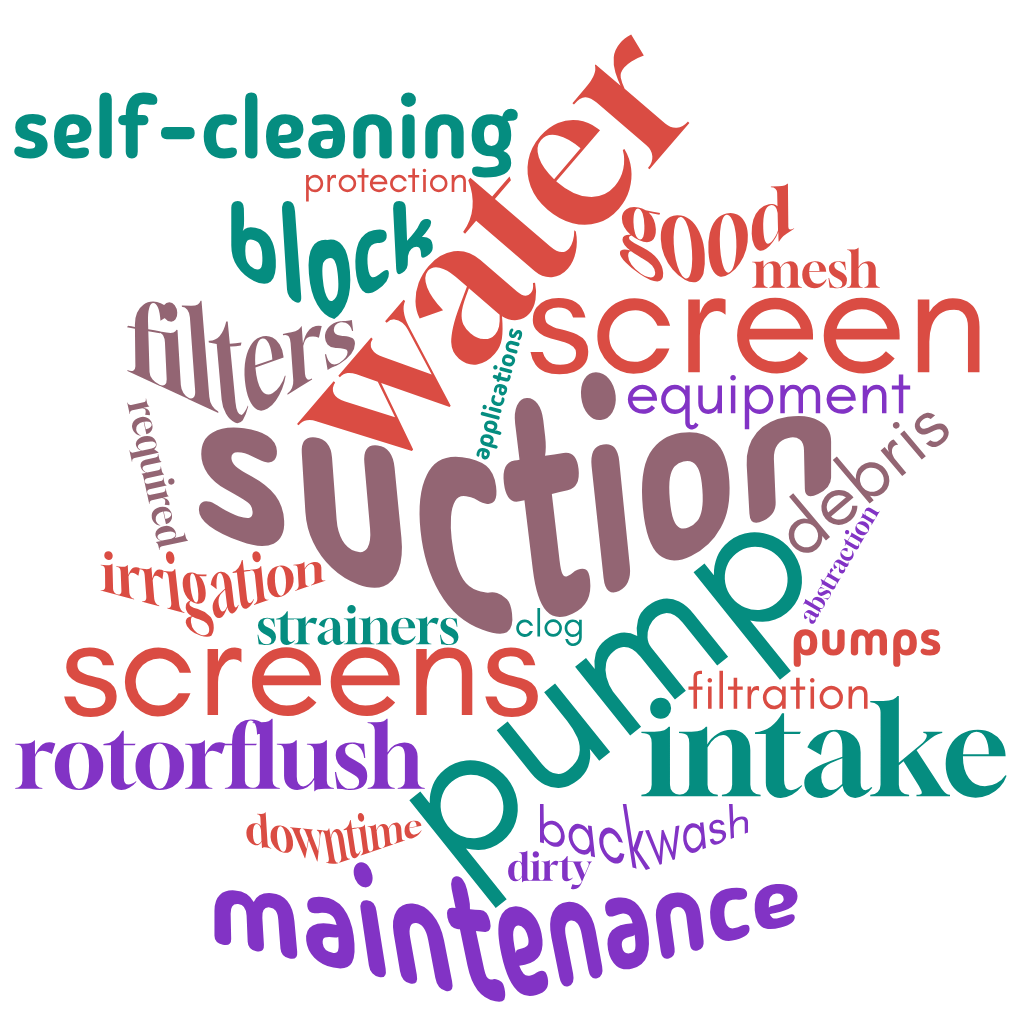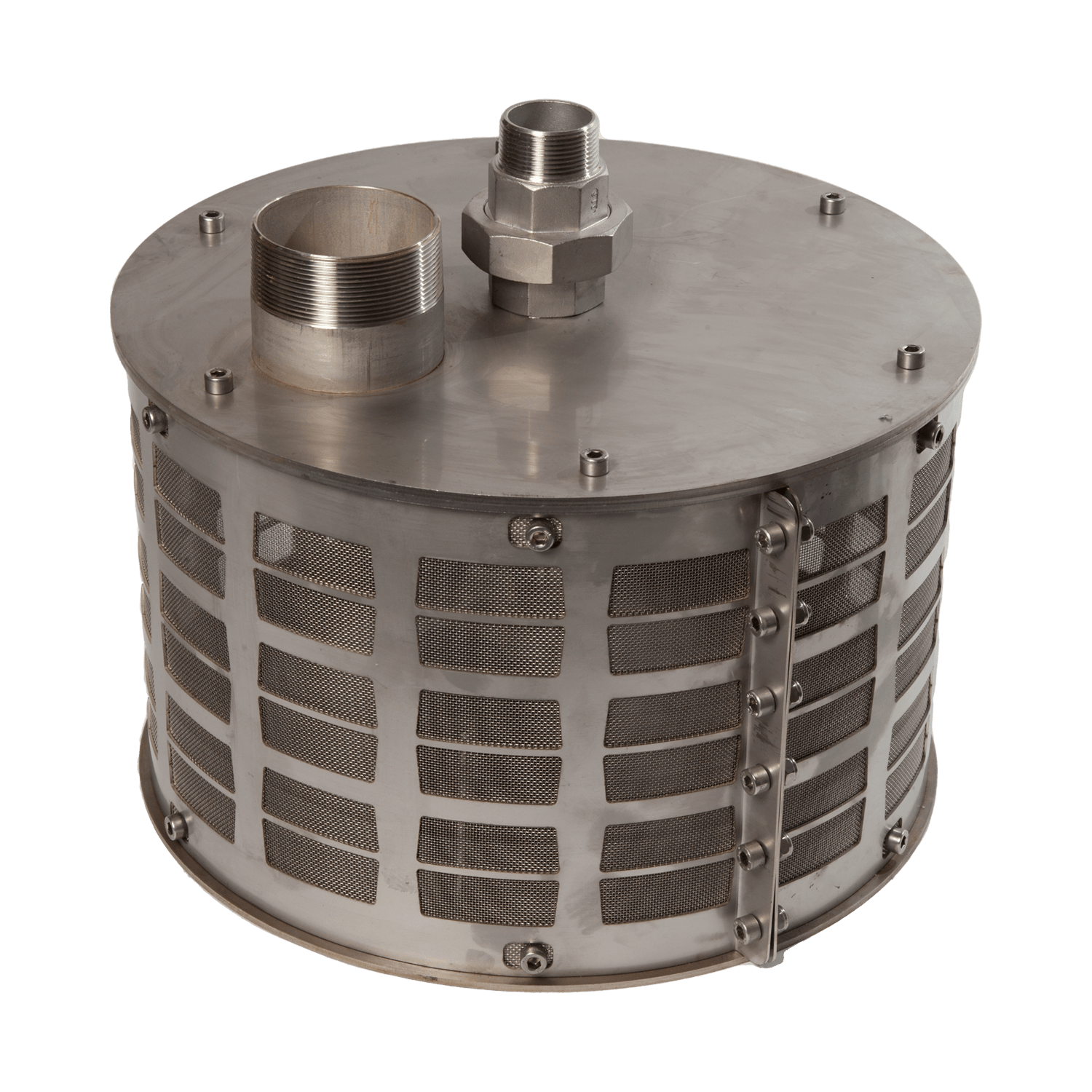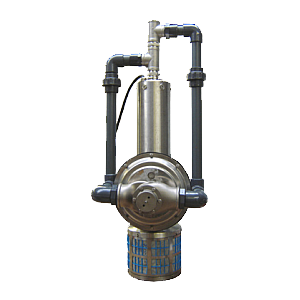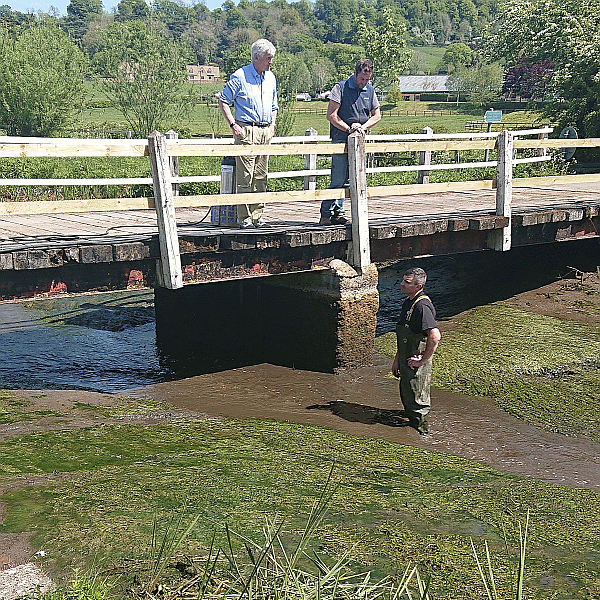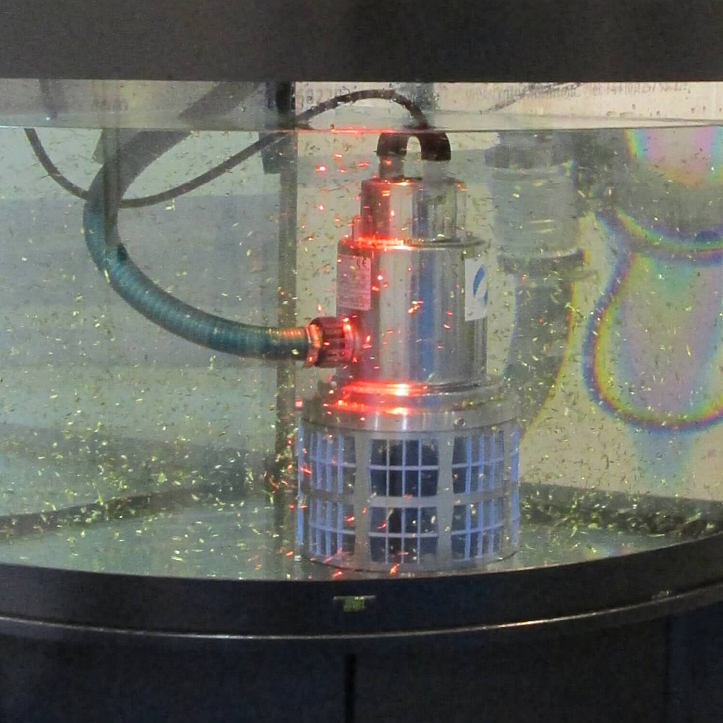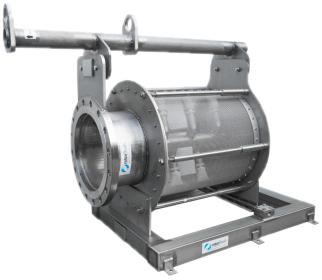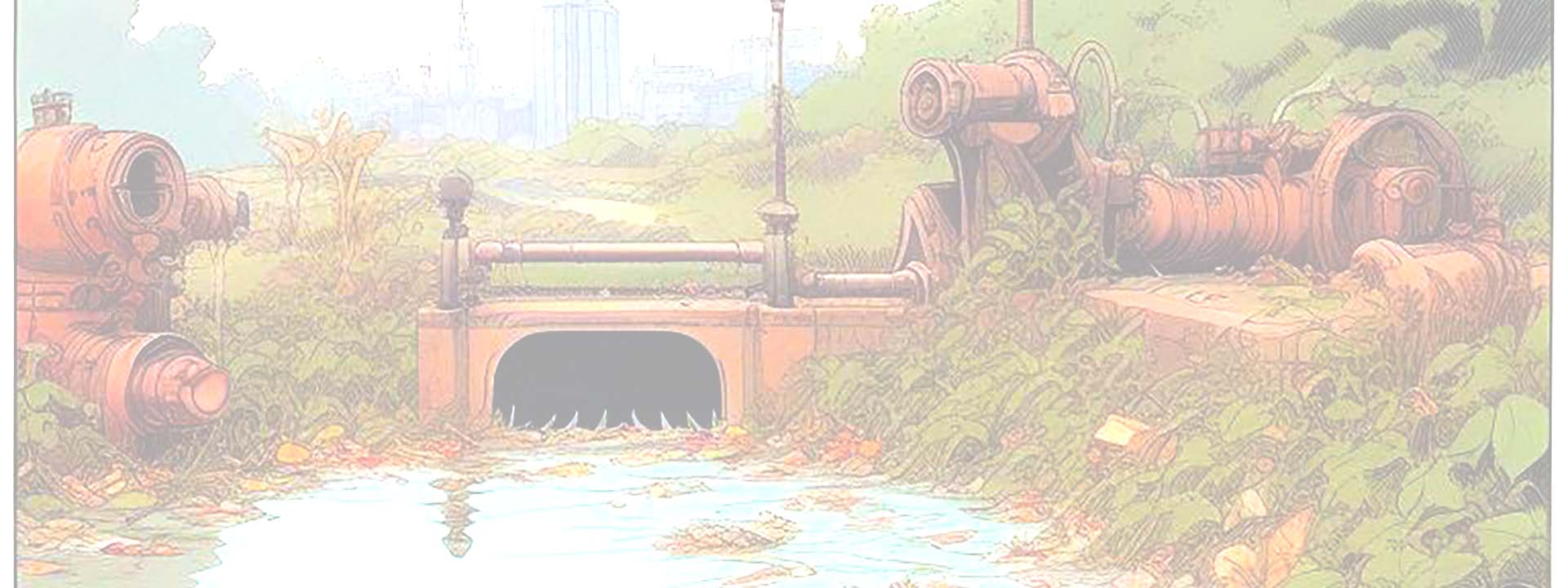Why We Need (self-cleaning) Pump Suction Screens
Pump Suction Screens
The Importance of Pump Suction Screens
When designing an irrigation system, or an open loop water source heat pump intake, or a cooling water intake, implementing primary filtration is essential. Whether you are sourcing water from a pond, stream, canal, river, or even a golf course lake, keeping the water free of rubbish, weed and debris is imperative.
Pump suction screens play a critical role in water management systems, especially for industrial scale applications handling large volumes of water. Typically, these screens feature coarser mesh, making them ideal for more robust applications. Their role is to ensure that all water must pass through the screen before entering the pump intake pipe. This provides the first line of defence against debris, weed, contaminants and anything else that may potentially clog or block the pump.
And pump suction screens are often the first or only protection for expensive equipment further down the line - for example heat exchangers, water monitors, irrigation nozzles and drip feeds, and of course secondary filtration devices.
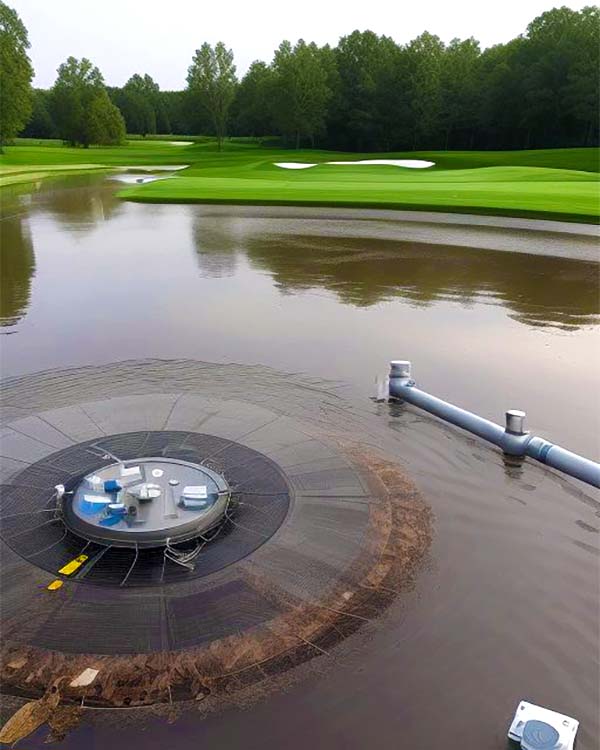
The Pump Suction Screen Dilemma
A pump suction screen will probably do a good job of preventing leaves, rubbish, suspended solids and any other larger detritus from getting into a pumped system. So using one is a no-brainer, right? Yes, but… what happens when the pump suction screen begins to block?
The limited surface area of intake screens often means they can easily become clogged. The mesh size is also crucial - it must filter debris larger than the pump impeller clearance, preventing clogging while protecting other equipment like spray bars and irrigation nozzles.
The dilemma is that by protecting the pump and downstream equipment from blocking, the intake screen is being set up to fail. So which is less damaging to the system and how much maintenance is needed?
There is a trade-off between how finely water can be screened versus how often the screen needs to be cleaned. These days, with increasingly stringent regulations covering water abstraction and wildlife protection, compliant screen apertures are getting smaller. This means they block more quickly, which means more maintenance, more downtime and frequent interruptions to flow. All of which has costs.

Pump Suction Screen Maintenance
No pain, no gain. Well, it's often been said. The criticality of keeping water flowing where there is the potential for debris or other contaminants in the water to clog or block will depend on the application. The maintenance required could be determined by the criticality, the quality of the source water, and the cost of maintenance compared with the cost of downtime.
Undoubtedly a good maintenance regime, either at the pump suction intake or further into the system, will keep water moving as required. But it is also worth considering what steps may be taken to reduce the maintenance overhead.
Good positioning of pump suction screens, ensuring depth as well as protection from for example strong currents, overhanging trees, water traffic, and avoiding areas likely to silt up, yet at the same time enabling good access for maintenance. This is not always straight forward or ideal, and can be costly if purpose built structures are required.
While bearing all this in mind, it's worth also considering pump suction screens with some capacity to self-clean with a backwash to minimise the accumulation of debris on the intake.
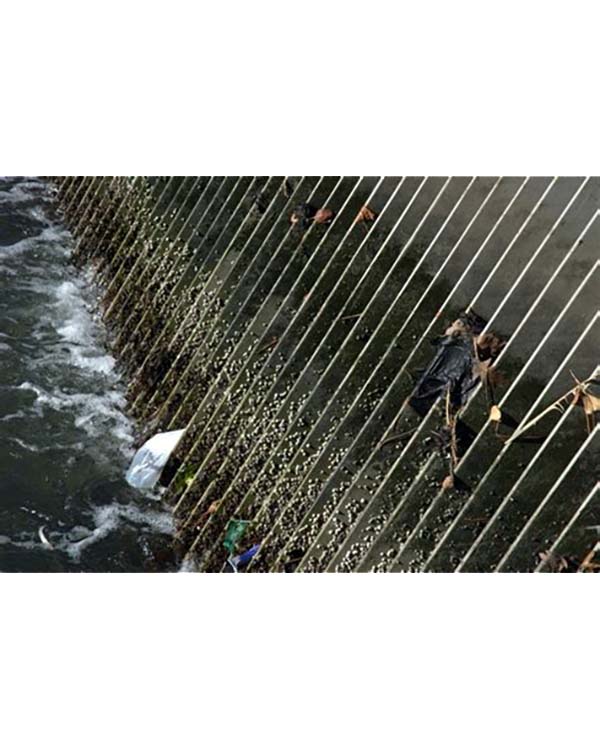
The Rotorflush Answer
Rotorflush Self-Cleaning Pump Suction screens, Filters & Strainers fit to the pump suction hose of surface mounted pumps. They are a welcome alternative to the traditional suction intake basket strainer. All our screens are self-cleaning automatic backwash filters – the self-cleaning mechanism prevents the filter blinding or the pump blocking.
They use the power of the water being pumped to backwash and continuously clean and clear their intake screen mesh. They provide an uninterrupted supply of filtered output, protecting your equipment from blockage.
Our self-cleaning pump suction screens, intake filters & strainers enable the use of powerful multi-stage pumps in challenging water conditions.
What Rotorflush Can Do for You
Rotorflush screens used successfully and reliably within the water treatment industry and oil and gas sector, and for eel screening in raw water abstraction.
Our filters and screens deliver low maintenance, efficient filtration in very difficult conditions. The rotors continuously backwash the mesh screen, removing anything that might cause it to block. See ‘How Our Filters Work’ HERE
Rotorflush self-cleaning filters and strainers allow pumps to operate in many situations where water is dirty or contains debris and particulate, and where dirty water causes equipment to block and clog.
Anyone who has ever faced the problems caused by a conventional pump suction screen will appreciate the low maintenance and efficient filtration delivered by Rotorflush self-cleaning screens strainers and filters.
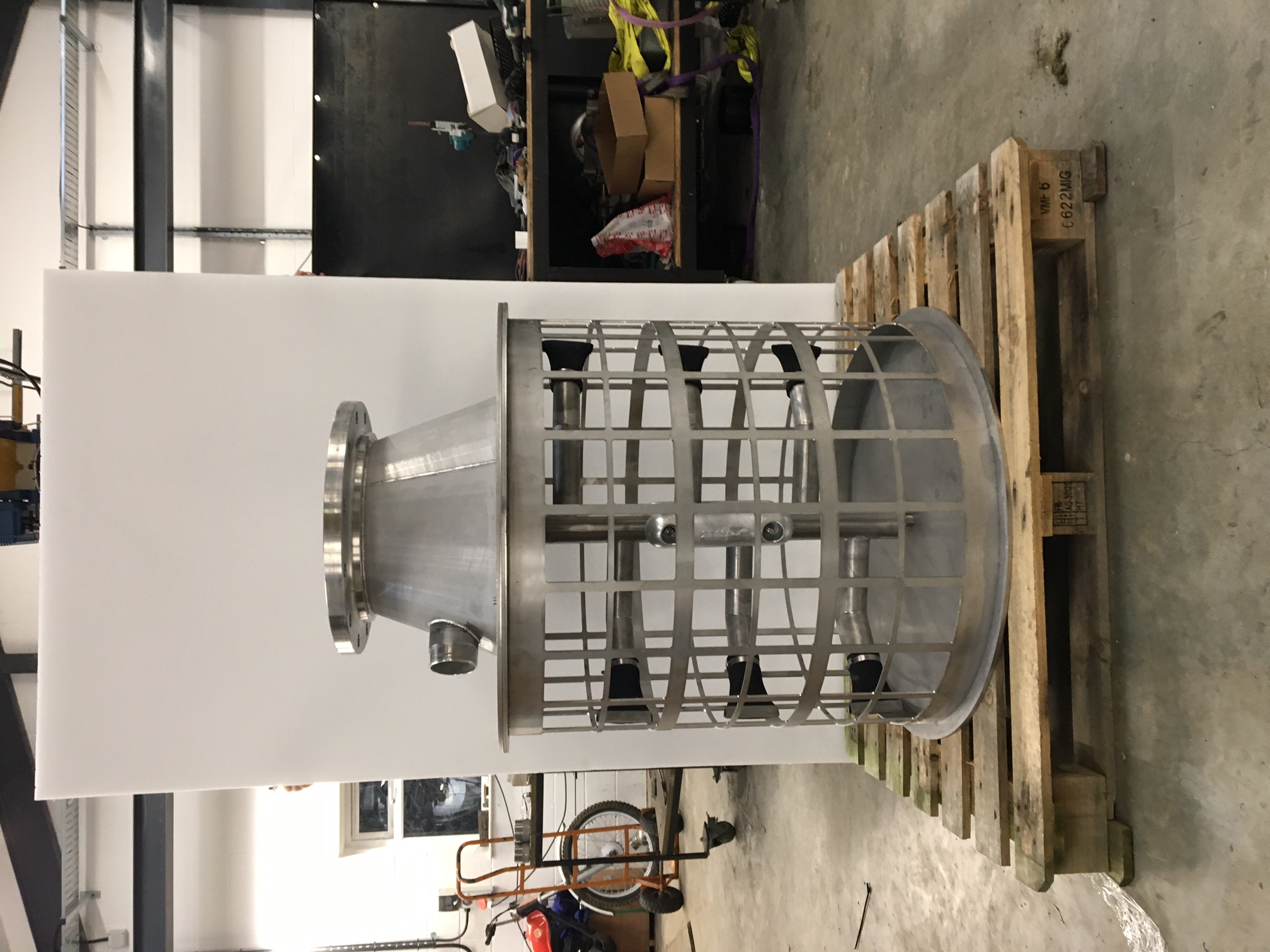
Find out more about Pump Suction Screens
We need (self-cleaning) Pump Suction Screens to keep water flowing for irrigation, heat pumps, industrial processes, water and waste treatment and more….
A good reliable robust self-cleaning Pump Suction Screen will reduce maintenance and downtime, save money and contribute to peace of mind. See all our Self-cleaning Screens, Strainers, Filters, Eel screens and suction intakes HERE
